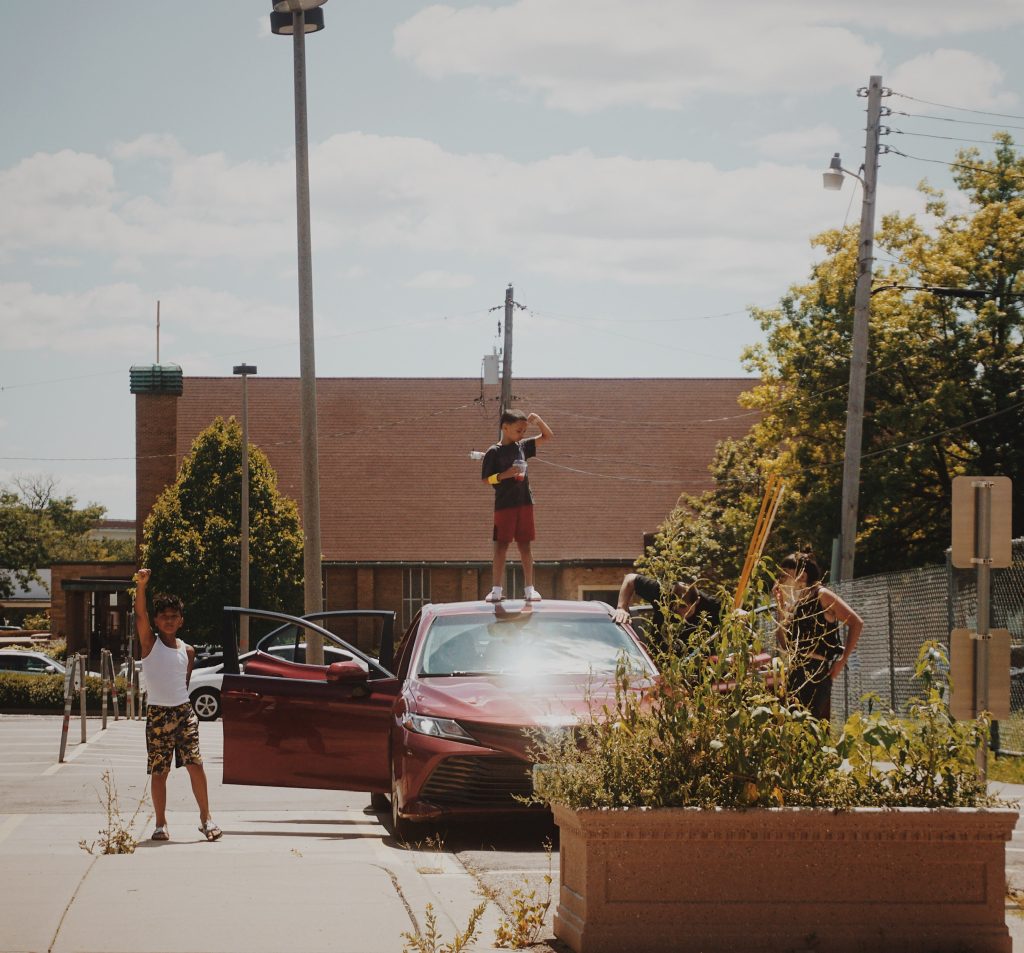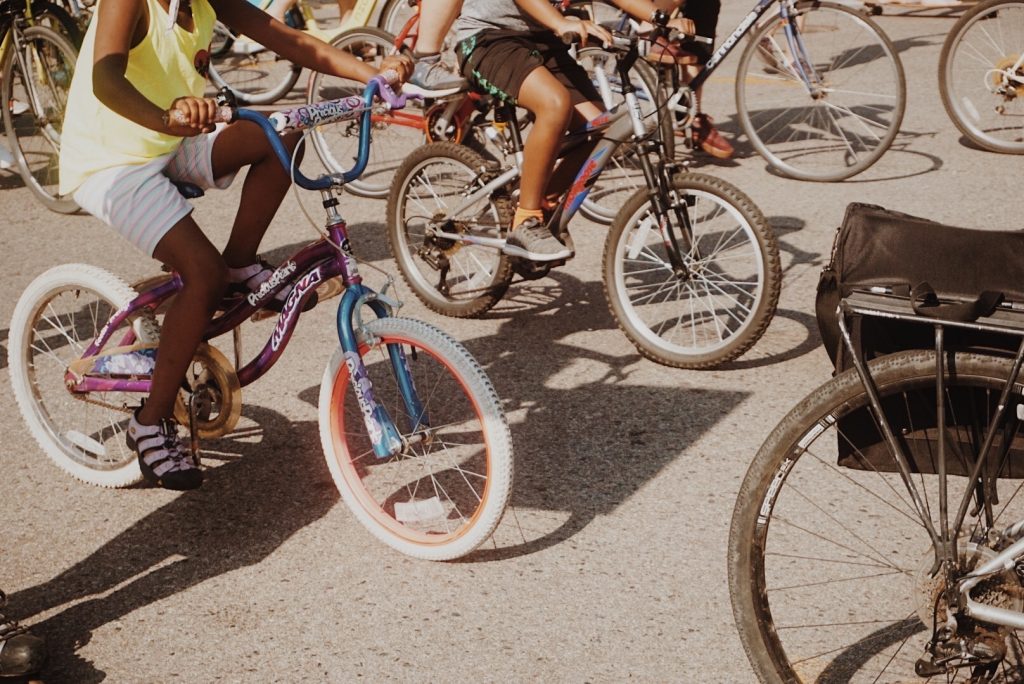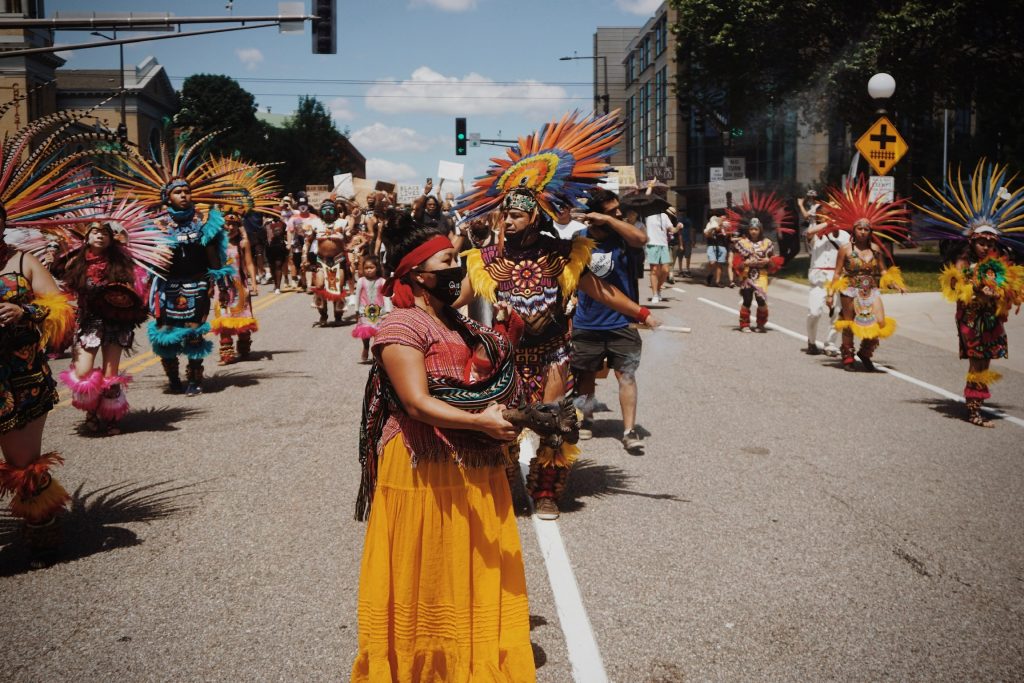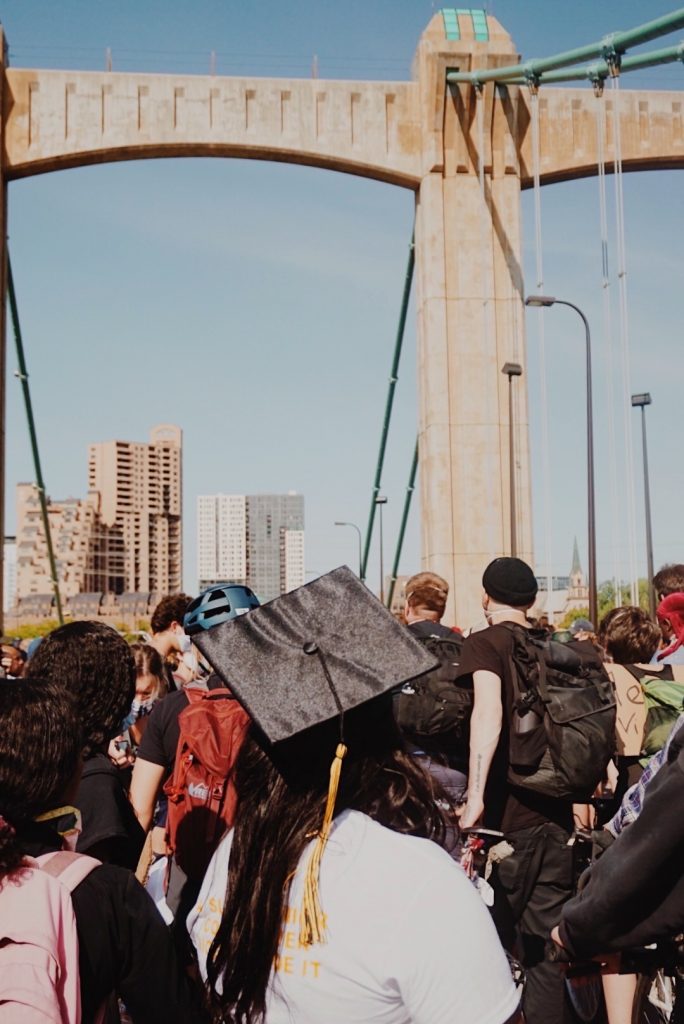Dear Students,
This is my tenth year teaching a Holocaust and genocide course, and I love teaching this class. I know it sounds strange to say I love teaching about genocide, but I do. Though I teach other social studies courses each year, I spend most of my time and energy on this class; I even went back to graduate school to study how and why to teach about genocide. Over the past decade, I’ve read A LOT; traveled to many places like Armenia, Cambodia, and Rwanda; talked to many survivors (and perpetrators); and conducted research with teachers and students. Despite this, I still have many questions regarding teaching about genocide.
Why did you sign up for this course? Why do you want to learn about genocide? I know I already asked this question on the first day of class. You shared about your plans to major in global studies and international relations in college, relatives who survived (and those that didn’t) the Armenian genocide or Holocaust, and your desire to learn more about those genocides that were barely or never discussed in school.
Why do I want to teach this course? Why do I want students to learn about genocide? I believe that there are lessons to be learned from studying genocide: lessons around how and why individuals and societies participate in, resist, and reconcile after genocide and lessons about tolerance, morality, history, and justice. However cliché, I believe that genocide education can give power and purpose to the coda voiced by the liberated prisoners at Buchenwald: never again. Learning about genocide can be hugely transformative for individuals and societies.
However, this class will be hard, and at times, it may even be too hard. We will be examining the worst aspects of history and human nature: genocide, rape and sexualized violence, and individual and collective indifference to such heinous crimes. I fear that the hopeful narratives of survival, resistance, and the collective commitments to human rights that we also study will be woefully inadequate to balance the enormity of what has been called unspeakable and unimaginable crimes. Learning about genocide can be traumatic.
I first learned about the Holocaust when I was seventeen and living in Austria as an exchange student. I visited the Mauthausen Concentration Camp Memorial with my classmates. We walked through the former camp listening to our history teacher’s matter-of-fact description of the “stairs of death,” the 186 rough-hewn stairs, up which prisoners were forced to haul slabs of stone from the quarry below. However, it wasn’t the sight of these steps or the gas chamber and crematorium that made the biggest impression on me; instead; it was a simple iron ring embedded in the masonry of the Klagemauer, or “wailing wall,” where newly-arrived prisoners were chained and brutally beaten. The crudely-hewn ring had left a blood-colored rust stain on the stone.
Standing frozen in front of the ring, as my classmates moved on with the tour, I felt physically ill. For years to come, the mental image of that ring and accompanying nausea would overcome me. This image, still sharp in my mind, has become another in a series, alongside images (and the overwhelming smell) of mummified bodies at the Murambi Genocide Memorial in Rwanda and the “killing tree” where young babies were smashed to death in Choeung Ek, Cambodia. I can’t seem to shake these images.
Despite having experienced trauma in learning about genocide, I still want to share these images with you. I want to find ways to somehow recreate for you within our classroom the experiences I’ve had in learning about genocide. However hard and haunting, these experiences have been hugely transformative for me as a teacher and academic – as a human being. I suspect that you would also say that you want these images and experiences to be a part of our course, no matter how difficult it might be to encounter them. Thus, we will examine images, watch testimonies, read memoirs, listen to survivors speak, and analyze perpetrators and bystanders’ statements.
In the past, I often measured my effectiveness as a teacher by students’ responses to seeing these images and testimonies. “You could have heard a pin drop,” or “the students were left speechless,” I might have proudly remarked to fellow teachers after a lesson. Simone Schweber referred to such responses as “Holocaust-awe,” or the stunned silence that follows listening to a survivor speak. Recently, however, I’ve started to wonder if this “awe” might be interpreted as a trauma response to learning about genocide.
James Garrett wrote that “sometimes there is knowledge that we simultaneously do and do not want to have.” Deborah Britzman called this “difficult knowledge.” Such knowledge is difficult not only because of the traumatic content but also because learning about such knowledge is itself traumatizing. Likewise, teaching about genocide can also be traumatizing. Though traumatic, learning about genocide is also often transformative.
I continue to wonder, however, if the transformative power of genocide education can ever outweigh the trauma that it inflicts on students. A popular Holocaust education curriculum reminds teachers to guide students “safely in and safely out” of Holocaust education. I wonder if such safety – lessening the trauma by sparing students some of the most difficult images, narratives, and truths about genocide – arrests the transformative power of genocide education.
As the pandemic worsens, the switch to virtual learning has brought up new concerns. I worry that the community that we built in our physical classroom, which helped us better navigate the trauma inherent in learning about genocide, won’t withstand the strained internet connections and actual physical distance between us.
I wish I had some platitudes with which to close this letter and justify our endeavor this semester: The transformation is worth the trauma, we have a moral obligation to bear witness, or never again. I’m afraid such statements only mask the trauma inherent in learning about genocide. Failing other conclusions, I’d suggest that we start by (a) recognizing and naming the trauma inherent in genocide education, (b) reflecting on our own needs and desires for learning about and from genocide, and (c) continue to strive for an open and supportive learning community (even during a global pandemic).
Yours,
Mr. Dalbo
George Dalbo is a secondary social studies teacher and a Ph.D. Candidate in Curriculum and Instruction and Social Studies Education at the University of Minnesota. His research interests include Holocaust, genocide, and human rights education in K-12 curricula and classrooms.


































